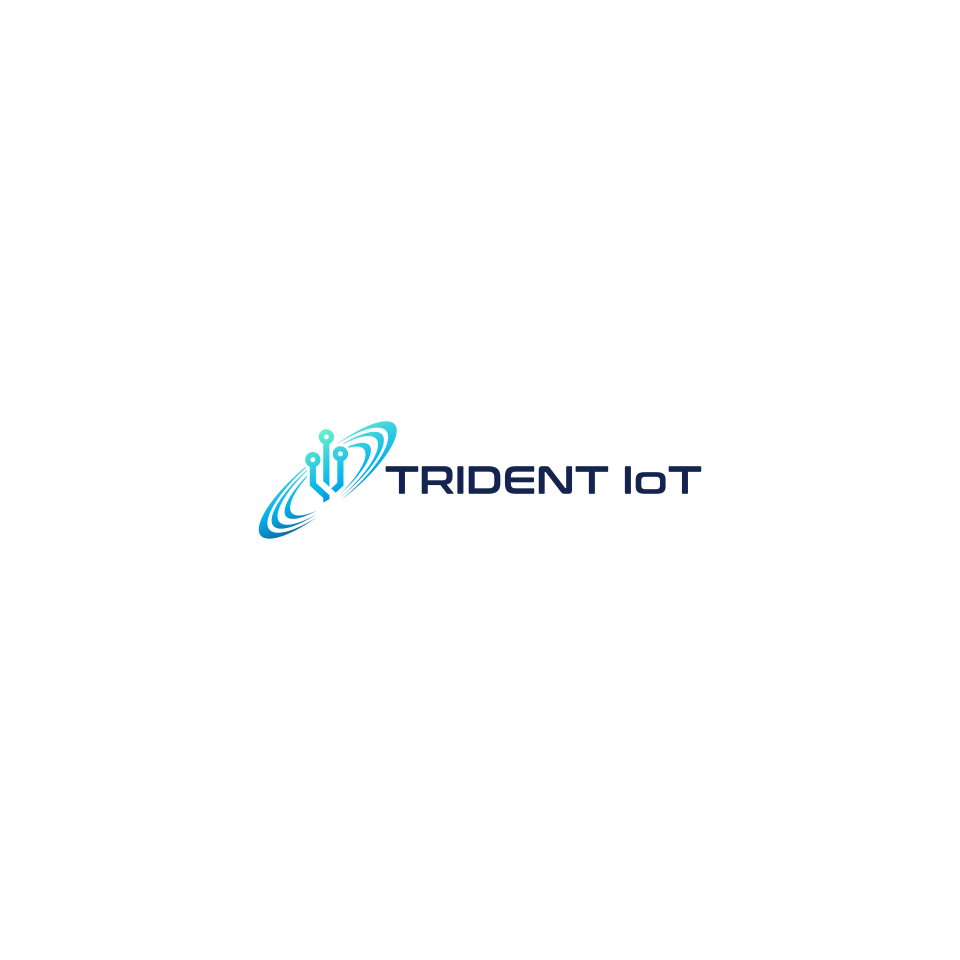Where Do We Go from Here?!
Twenty-Twenty-Two – The year of the Smart Home as purported by nearly every industry data report and anecdotally from dealer and manufacturers alike. Who could have predicted it? Well, we could have. We have been laying the foundation for this level of adoption for the past two decades. As any good futurist will say — “The future is not something to predict. The future is something to build…”
As we approach the fourth quarter of 2022 and important industry events such as CEDIA Expo, Light + Building CES, ISE and even IBS and KBIS around the corner, we took a time out to chat with some of the industry’s leading editors. This group hears it all, sees it all, and tests it all. We asked for their insights on the banner smart home year that has been 2022 and to find out their thoughts on where we build from here.
The Supply Chain Crunch
We can’t talk about 2022 without addressing the serious impact the supply chain crunch has had across the industry. We are far from the only group that has felt these effects, and they are far from over.
“Some categories of equipment have quickly flipped to an oversupply state, while others remain backlogged into next year. For products that are in over-supply, integrators will have an opportunity to obtain products at lower prices if the manufacturers look to unload their growing inventories,” says Jason Knott, Chief Content Officer at CE Pro
The Rise in Consumer Awareness
Despite the crunch of availability for some smart home products, demand has remained high. According to Interpret’s Smart Home Matrix , 41% of new home buyers would like their home to include smart home technology, and 35% are willing to pay a little extra to have smart home technology pre-installed before they move in.
Amy Stoneham, Editor at HiddenWires adds, “Despite cost of living and other issues consumers are facing, they are still investing in their homes, whether that’s with entry-level home technology, such as voice assistants, smart speakers and TV, off-the-shelf home security products, etc., or in the high-end with a fully integrated home.”
There is no denying that the introduction of new initiatives such as Matter has garnered significant consumer attention this last year as they work to bring their products to market. Conversations around interoperability, which has been a key pillar of the Z-Wave technology for the past two decades have spiked. Consumers, end-users, dealers, integrators, and manufacturers alike are taking a critical eye to how everything in the home works together. While some in the industry may be unsure of how this will impact their business, Knott provides a good perspective,
“I am most excited to see the effects of the first products rolling out with Matter. It is unknown exactly how it will affect the smart home industry, but I anticipate a big bump in consumer awareness at minimum. Dealers should take advantage of that awareness by marketing their services more aggressively.”
Jeremy Glowacki, Executive Editor of Residential Tech Today has noticed that with increased consumer awareness, some traditional areas of the market like audio and video becoming more and more commoditized but it is paving the way for professionals to dive into new categories as the CI channel tends to lead the market for innovations in the smart home space.
Building Up from Here
Now the question on everyone’s mind – with the potential of a recession looming and after some of the most successful years yet, where do we build from here? 2022 may have very well paved the way for some categories to get their much-deserved time in the sun. Each editor we spoke with noted the growth in the lighting category with special attention to fixtures.
“Lighting fixtures continue to be THE category with explosive growth. More integrators are adding master electricians to their staffs to be able to install line-voltage lighting fixtures, in addition to low-voltage. Energy and energy management are also gaining steam,” says Knott.
Glowacki echoes the sentiment on energy management. “The future of this channel will definitely involve making more connections to residential power quality and renewable energy, whether that’s battery backups or bridging solar, EV charging, and microgrids together.”
Tied closely to lighting are the health and wellness categories which over the years have had mixed adoption among the professional install channel but those tides seem to be shifting.
“The lighting and wellness markets are very high on people’s radars this year. Both HiddenWires’ and CEDIA’s market research from this year told us that lighting is very important in a smart home and consumers now want human-centric lighting to help with their wellbeing. Since the pandemic, consumers are very aware of their mental and physical wellbeing and how the home can help improve both using technology and automation,” says Stoneham.
The possibilities abound for those companies who are willing to focus on the personalized experience consumers are looking for, are you one of those companies?

